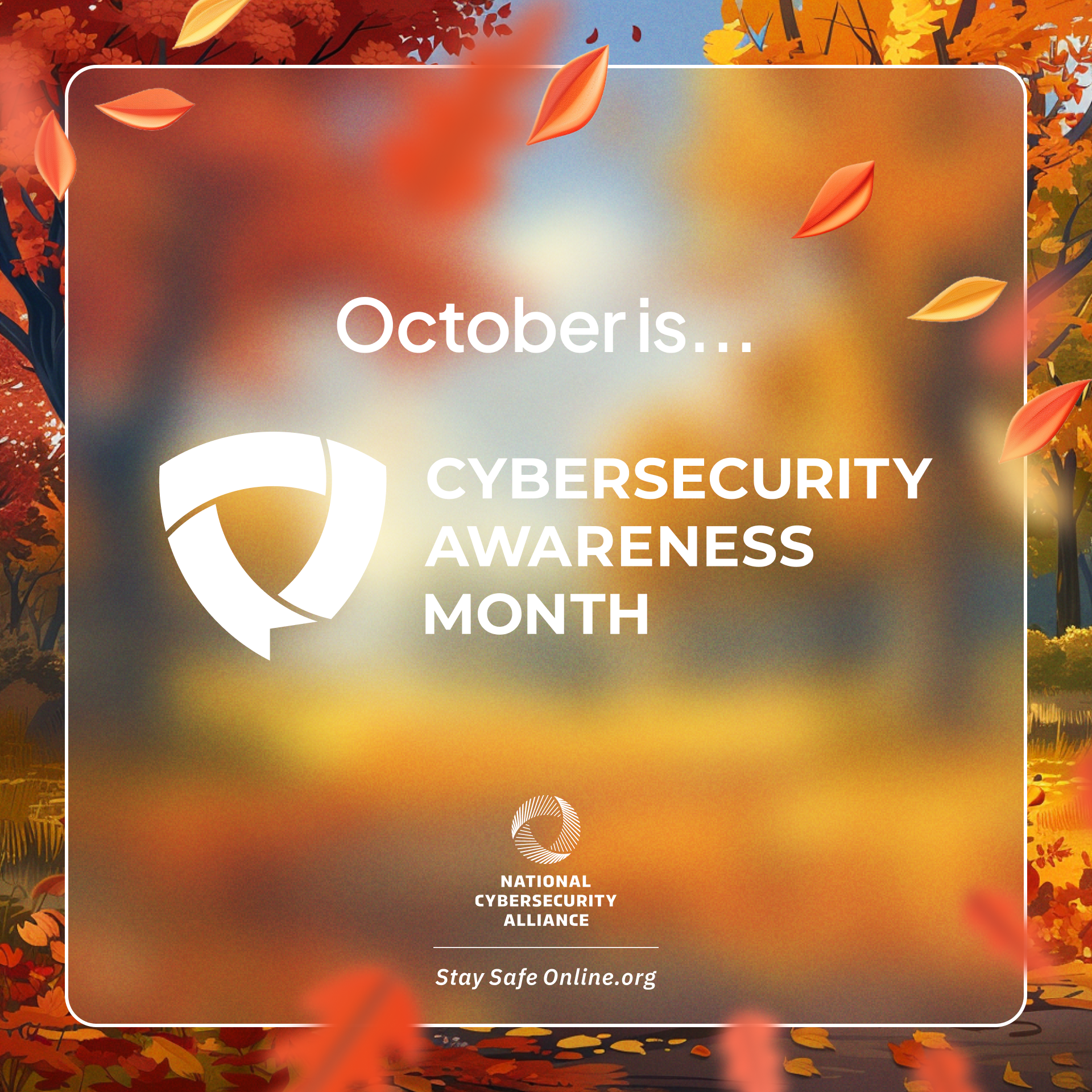‘Tis The Season for The Gift That Keeps on Taking
‘Tis the season for hustling and bustling, while also (hopefully) watching the bottom line along with the inevitable waiting lines at the checkout.
For those in education writing ‘the big checks’ – perhaps with careers in addition to dollars – the costliest lump of coal in the stocking might just be a data breach at their institution.
What those of us in the industry hear and read on the financial side of data breaches is downright scary and even stretch the bounds of legitimacy. Counting on Mr. Scrooge to help with a donation is not an ideal strategy!
Questions like the following seem to be on the rise, including “Are these numbers real or just a scare tactic from the cybersecurity sector?”, “How do these so-called experts really know what it costs?”, “What happens if the institution simply cannot afford the cost?”, and “These numbers cannot be correct for education where we are not some huge corporation with industry trade secrets and/or stockholders?”
Unfortunately, cyberattacks are ‘celebrating’ their 25th anniversary depending upon which historical reference is used, and it is a gift that keeps on taking with no end in sight.
First, it is unfortunate that a few institutions have paid the ultimate price, as did current and potentially future students either losing the gift of higher learning or - at best - having it interrupted, delayed and perhaps diminished.
One only needs to glance back at the tragic story of Lincoln College, which went from record student enrollment in 2019 to extinction in less than two years – closing at the conclusion of the 2021-22 academic year. Just a stunning, sad outcome.
According to the College’s official announcement, Lincoln “…was a victim of a cyberattack in December 2021 that thwarted admissions activities and hindered access to all institutional data…”. Lincoln further reported it took three months to fully restore the lifeblood of its information systems – recruitment, retention, and fundraising. Despite best efforts, a 157-year-old institution found itself with no viable option but to close its doors permanently.
According to the respected extensive annual research conducted by Ponemon Institute, contained in IBM’s 2024 Cost of a Data Breach Report, the price tag for those data breaches occurring from March 2023 through February 2024 at 604 impacted organizations spanning 17 industries and 16 countries reached an average of $4.88 million. This represents more than a $1 million average increase in four years. Unfortunately, the U.S. numbers are much worse at an average of $9.36 million.
Those seeking even a wisp of a silver lining can take comfort in the fact that education only ranked 15th of the 17 researched industries with a $3.5 million cost average across the 16 countries. The three primary components – detecting the breach in the first place, the revenue loss incurred due to the breach, and all the actions needed to resolve the breach – can each top $1 million.
So, what will the damage be if a data breach hits this campus?
The Ponemon analysis used activity-based costing – which assigns cost to each activity in an organization. This would include items such as the human and software costs incurred just to determine and investigate the breach, as well as the ensuing loss of revenue and reputation. The resources needed to recover from the cyberattack – bringing in third-party cybersecurity companies after the fact, sometimes paying ransom, maybe providing identity theft insurance, legal counsel fees, the entire public relations strain, and communicating with victims all take a bite from a very expensive pie. At least one state incident response law even includes a possible $750,000 fine.
What is often is overlooked is the potentially devastating loss in productivity by the many employees who find the institution’s IT environment to be their lifeblood – made worse of the breach happens at a critical time of year.
Every major breach reaction runs the risk of generating major financial penalties. As just one painful example, research found victims still paid ransom in 37 percent of cases when law enforcement was involved. Moreover, only 52 percent even involved law enforcement in the first place.
So, what practical, common-sense actions really exist?
A great place to start is engaging a true, trusted partner before a catastrophe occurs. A partner with a clear understanding of the rapidly evolving cybersecurity landscape from a higher education-specific perspective. One that recognizes the ‘enrollment cliff’ crisis, changing perceptions about the value of education, and the entire concept of openness and academic freedom that often poses unique challenges.
The Ponemon research reveals 26 factors either decreased or increased the total cost of the breach by at least $150,000 across all 17 industries and 16 countries. No institution can expect to find the right combination of investments and emphasis with so many factors at play.
Bill Balint is the owner of Haven Hill Services LLC, contracted as the Advisory CIO for Education at Trivigil.



